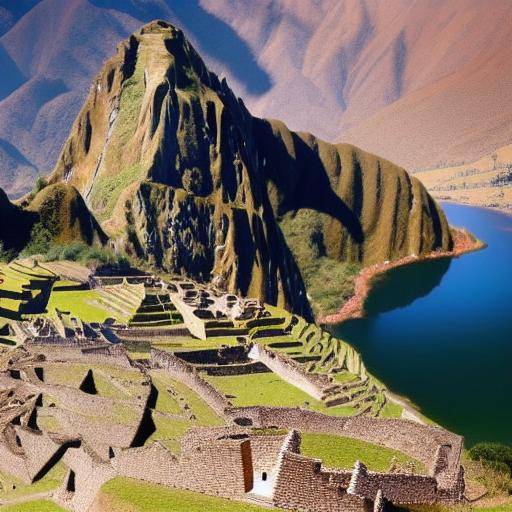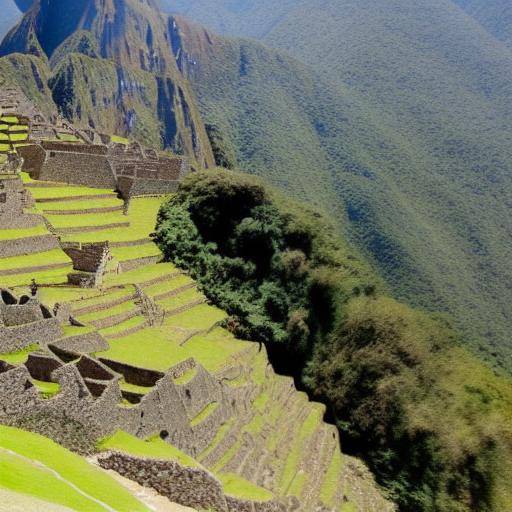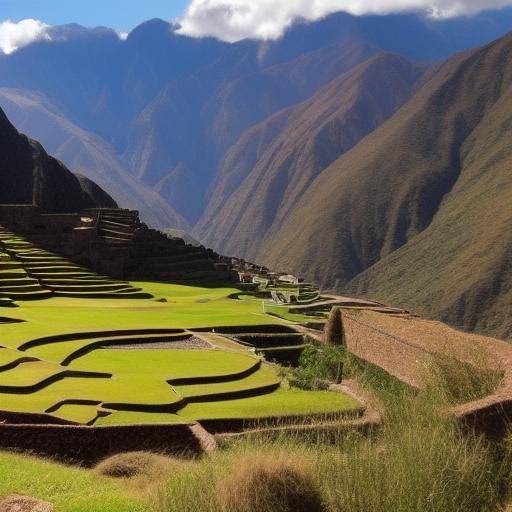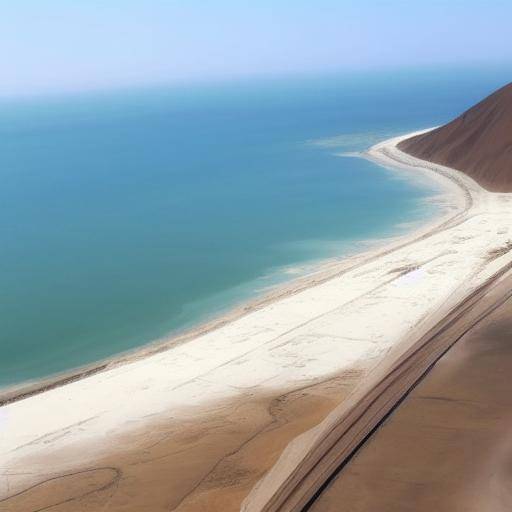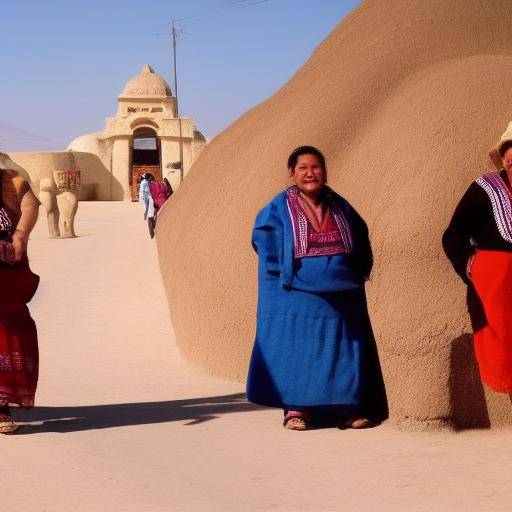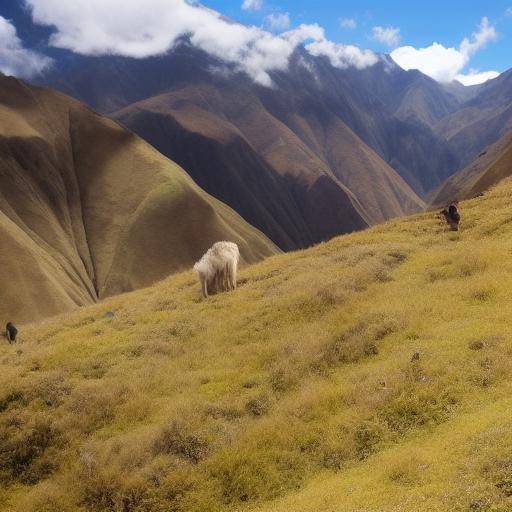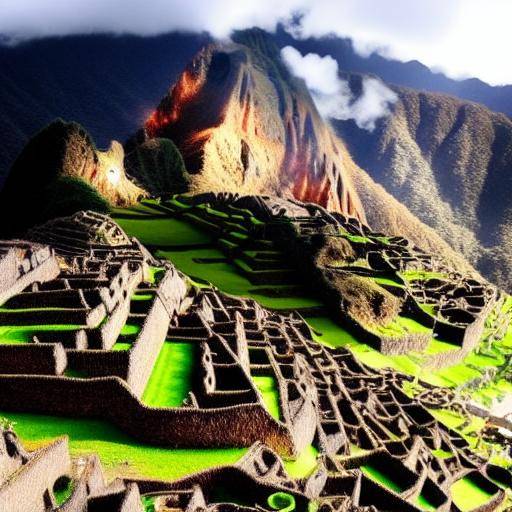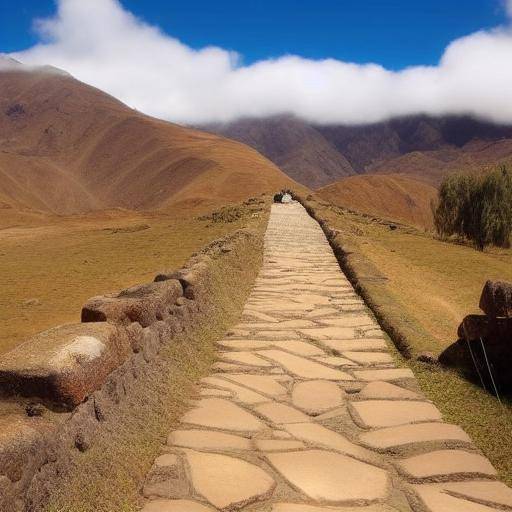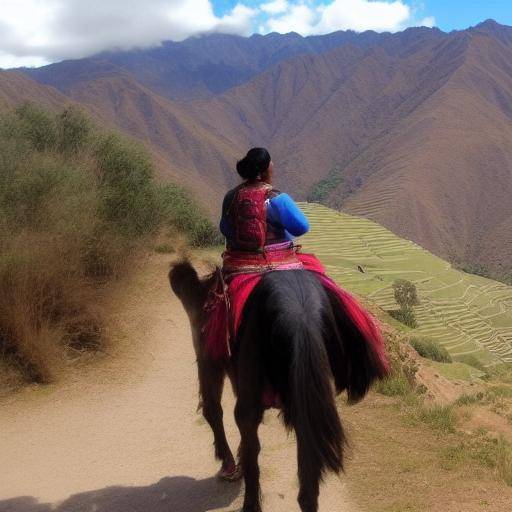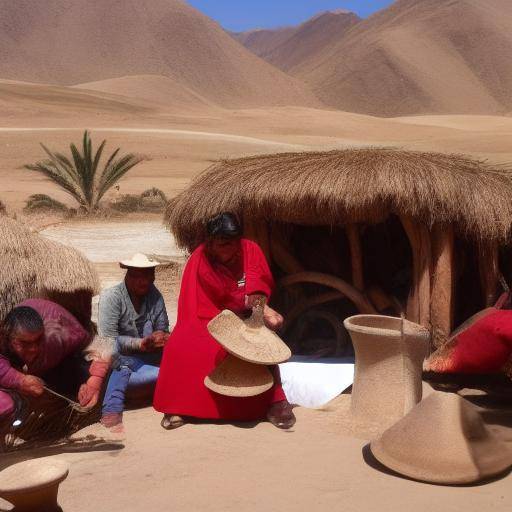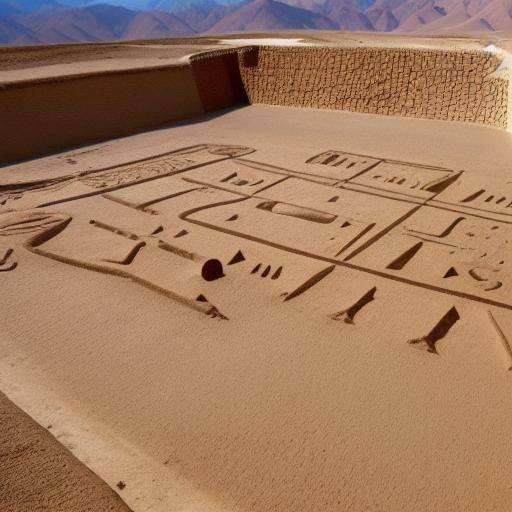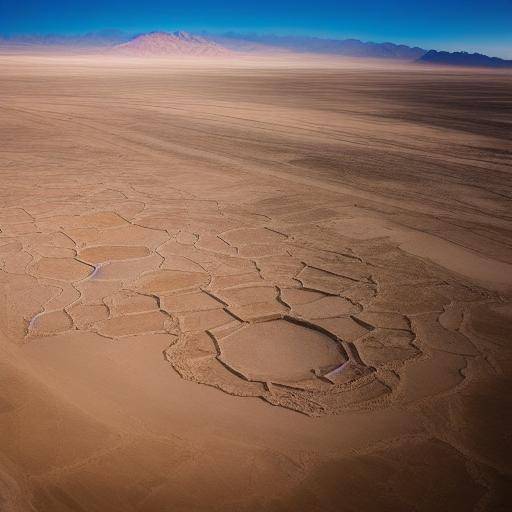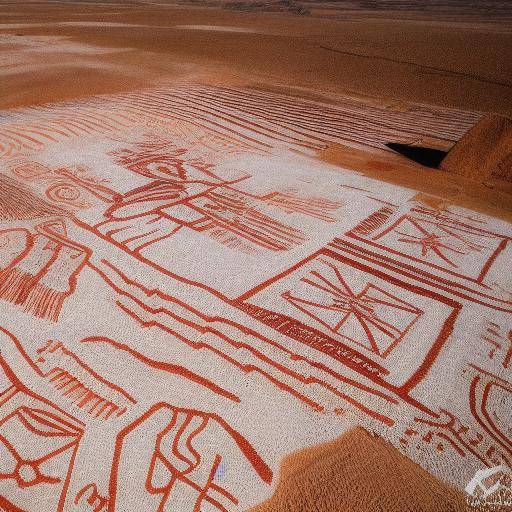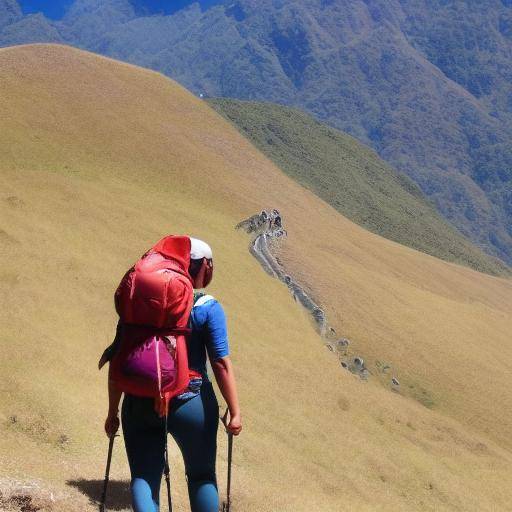
The Camino del Inca is a historic treasure that leads the adventurers to travel through the mysterious inca remains on their way to the majestic citadel of Machu Picchu. This trail in Peru offers an unforgettable experience, full of challenges and rewards for those who venture to travel with backpack and trekking boots. Throughout this article, we will discover the history, challenges, practical advice and everything you need to know to enjoy this unique journey.
Introduction
The imposing Andes mountain range in Peru houses one of the oldest and most fascinating roads in the world: the Inca Way. This ancestral path is a spectacular route that invites adventurers to explore the archaeological and natural riches of the region. From the majestic citadel of Machu Picchu to the mountainous landscapes that dazzle those who travel them, the Camino del Inca offers a unique experience that combines history, nature and physical challenges.
History and Background
The Inca Way, or Qhapaq Ñan in Quechua, was an extensive network of roads connecting the vast inca empire. This communication and transport system covered more than 30,000 km, crossing territories that today belong to Peru, Ecuador, Bolivia, Argentina and Chile. This complex of pathways was fundamental to the cohesion of the Inca Empire, allowing the flow of food, goods and messages along and across its domains.
The most famous route, from the Sacred Valley to Machu Picchu, has captivated travelers and archaeologists alike. Its stone constructions, staircases and magical landscapes narrate a history of engineering and religiosity. Did you know that the Inca Road was mainly used by chasquis, agile messengers who transmitted information through a system of poles?
During the Spanish colonization, much of this road system was destroyed. However, its legacy has endured over the centuries and has even been recognized as a World Heritage Site by UNESCO.
Detailed Analysis
The Camino del Inca offers adventurers countless challenges and rewards. Throughout its approximately 40 km of extension, hikers face steep climbs, dizzying descents and a variety of microclimates ranging from cold to warm areas. At altitude acclimatization is a crucial aspect to consider, as much of the path is at high altitudes.
The experience of traveling the Inca Road offers the opportunity to connect with nature in its purest state. The flora and fauna that are discovered along the way are as diverse as surprising. From wild orchids to the majestic Andean condor, biodiversity along the path is a true gift for the senses.
However, this tour also requires a good dose of physical preparation, as well as adequate equipment. The conditions of the terrain can vary in extreme, so having good trekking boots, suitable clothing for different climates, and a light but essential backpack are essential elements to enjoy the most of this adventure.
Full review
Walking the Inca Road demands not only physical preparation, but also the adoption of responsible hiking practices. It is essential to respect the regulations established to preserve this historical and natural heritage. The limitation of visitors, the regulations on garbage and the preservation of archaeological remains are key aspects that every traveler must take into account.
In addition, it is important to take into account that the Inca Road has a high tourist demand, which implies that it is necessary to plan in advance and, in many cases, to book the tour with months of anticipation. This not only guarantees the availability of spaces, but also contributes to the sustainability of tourism in the region.
Comparative analysis
Compared to other high hiking destinations, the Camino del Inca stands out for its rich history and the opportunity to discover unique archaeological remains. While the physical challenges are significant, the reward of reaching Machu Picchu on foot, through the paths that incas traveled centuries ago, represents an incomparable experience.
In contrast to other countries of the region, Peru is distinguished by its cultural heritage and geographical diversity. The combination of history, nature and adventure makes the country a must for lovers of high trekking.
Practical Tips and Recommendations
Before embarking on the Inca Road, it is crucial to do a physical training that includes long and steep hikes to prepare the body and legs for the challenges of the trail. The proper hydration, together with balanced feeding, are key aspects to maintain energy and well-being during the journey.
Also, have a quality equipment that includes resistant trekking boots, variable weather clothing, light camping equipment and a backpack suitable for long walks, will ensure a safer and pleasant experience.
Peru, Hiking of Height and Future
Sustainable tourism will become more and more relevant in the context of high hiking in Peru. The balance between the preservation of nature and cultural heritage with the tourist offer will be crucial to ensuring that future generations can enjoy these wonders.
In addition, the development of tourism infrastructures and services adapted to the needs of visitors, without compromising the authenticity of the environment, will be a determining aspect for the consolidation of Peru as one of the most attractive destinations for high-rise hiking in the world.
Conclusion
The Inca Way offers a unique experience that combines history, nature and physical challenges. This ancestral path is a treasure that deserves to be explored with respect, preparation and environmental awareness. Traveling with backpack and trekking boots is immersed in a journey that exceeds expectations and leaves an unbeatable mark on memory.
Frequently asked questions
What is the best time of the year to visit the Inca Way?
The ideal time is during the dry season in the Andes, which goes from May to October. During these months, weather conditions are usually more favorable, allowing you to enjoy the path with less risk of rain.
How long do you need to go along the Inca Road?
The classic tour takes about four days, starting from kilometer 82. However, it is important to note that altitude and physical effort may require additional time to acclimatize and enjoy the journey.
Is there any special authorization required to travel the Inca Road?
Yes, it is necessary to have a permit granted by the Peruvian government. In addition, it is mandatory to carry out the journey through an authorized travel agency.
What should be carried in the backpack for the tour?
It is essential to wear clothes for different climates, comfortable and resistant footwear, camping equipment, personal hygiene items, sunscreen, insect repellent, basic medicines and a reusable water bottle.
What are the effects of altitude on the body during the journey?
The altitude can affect different people differently. It is common to experience shortness of breath, headaches and dizziness. It is crucial to carry out proper acclimatization and to remain well hydrated to minimize the effects of height evil.
What is the impact of tourism on the Inca Road?
The increase in tourism on the Camino del Inca has generated concern for the preservation of this heritage. It is essential that visitors follow established regulations, minimize their environmental footprint and respect archaeological remains to ensure long-term sustainability.
With these frequently asked questions, we hope to have provided useful information for those who are considering adventure on this unrivalled journey.
In short, the Camino del Inca in Peru is an extraordinary experience that combines dazzling landscapes, ancient history and physical challenges. Walking with backpack and trekking boots is a journey that promises to enrich the spirit and the mind, leaving an impregnable footprint in every step. Get ready, immerse yourself in the adventure and let the mysticism of the Inca Way guide you towards an unforgettable journey.

